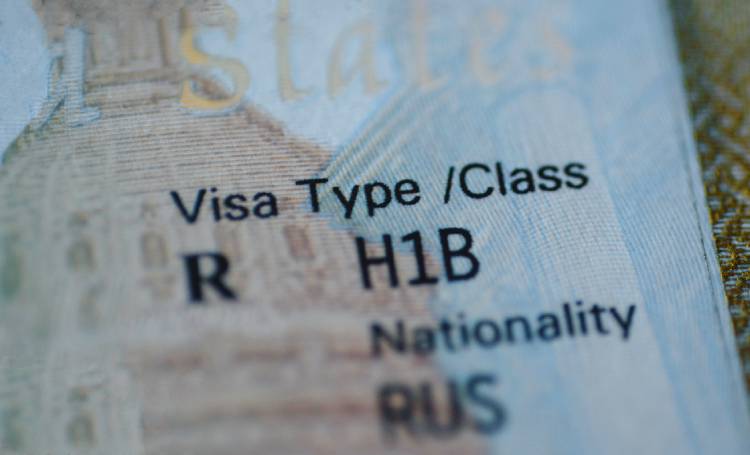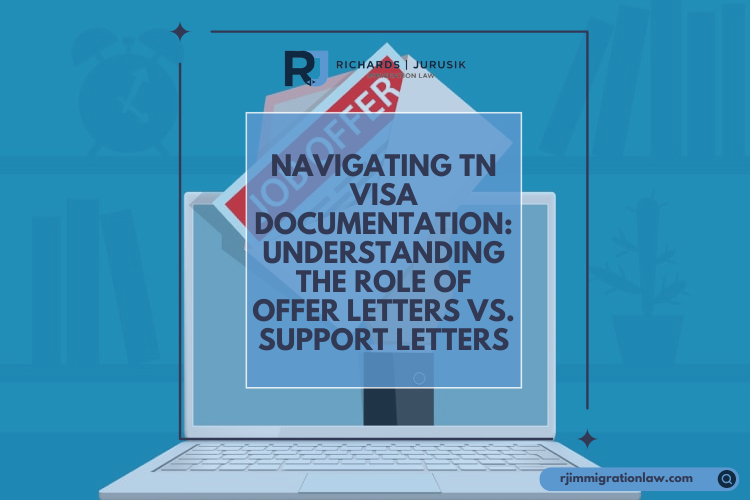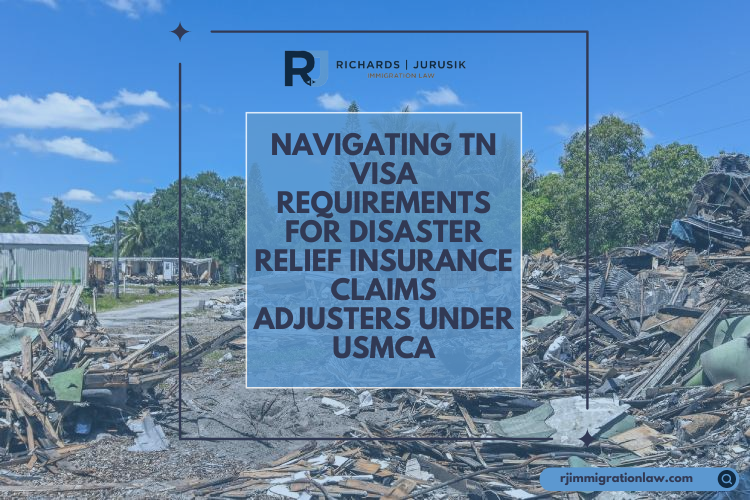The H-1B Visa has long served as a critical entry point for skilled professionals from around the globe seeking employment opportunities in the United States. However, for many, the ultimate goal is achieving Permanent Residency through a Green Card. This comprehensive guide aims to simplify and elucidate the transition process, providing step-by-step guidance and highlighting essential considerations.
Understanding the H-1B Visa and Green Card
The H-1B Visa
The H-1B Visa is a non-immigrant visa category that enables U.S. employers to hire foreign workers for jobs requiring specialized theoretical or technical expertise in engineering, mathematics, and information technology. It is a temporary visa, usually granted for three years, and can be extended for another three years.
The Green Card
In contrast, a Green Card (Permanent Resident Card) allows foreign nationals to live and work indefinitely in the U.S. It is a significant step towards U.S. citizenship, offering stability and a host of benefits unavailable to H-1B Visa holders.
The Transition Process
Transitioning from an H-1B Visa to a Green Card is a multi-step process that involves both the employer and the employee.
Labor Certification (PERM Application)
- Preparation: The U.S. employer initiates the process by obtaining a labor certification from the Department of Labor (DOL). This involves proving that no qualified U.S. workers are available for the position.
- Filing: The employer must complete and file ETA Form 9089 with the DOL, detailing the job duties, requirements, and the recruitment efforts conducted.
Immigrant Petition (Form I-140)
Upon approval of the labor certification, the employer must then file an Immigrant Petition for Alien Worker (Form I-140) with U.S. Citizenship and Immigration Services (USCIS), indicating the foreign worker’s intended permanent role.
Adjustment of Status (Form I-485)
Finally, when the Form I-140 is approved and the priority date becomes current, the H-1B Visa holder can apply for Adjustment of Status (Form I-485) to change their status to a Permanent Resident.
Key Considerations
- Country of Origin: Country-based quotas can significantly impact the timeline for obtaining a Green Card.
- Job Type: Certain professions may have faster processing due to high demand or particular categories.
- Annual Caps: There are limits to the number of Green Cards issued each year, which can affect waiting times.
Benefits of the Transition
- Job Flexibility: Green Card holders are not tied to one employer and can change jobs more freely.
- Travel Freedom: Less stringent travel restrictions compared to H-1B Visa holders.
- Family Sponsorship: The ability to sponsor immediate family members for Permanent Residency.
Conclusion
While the journey from an H-1B Visa to a Green Card can appear complex and daunting, understanding each process step demystifies the transition. It’s crucial to be aware of the nuances and potential hurdles and make informed decisions along the way. Consulting with an experienced immigration attorney is highly recommended for personalized guidance and to navigate the process smoothly.
Subscribe to Our Resources Blog
Schedule a Consultation with an Immigration Lawyer
Citations
We Can Help!
You may have questions regarding U.S. immigration laws and visas. We invite you to contact our team at Richards and Jurusik for detailed guidance and assistance. We aim to provide the most accurate and up-to-date information to make your immigration process smoother and less stressful. The immigration lawyers at Richards and Jurusik have decades of experience helping people to work and live in the United States. Read some of our hundreds of 5-star client reviews! Contact us today for an assessment of your legal situation.







